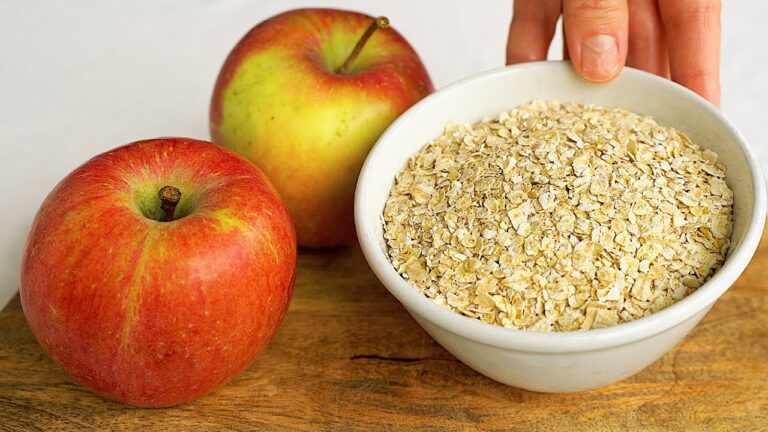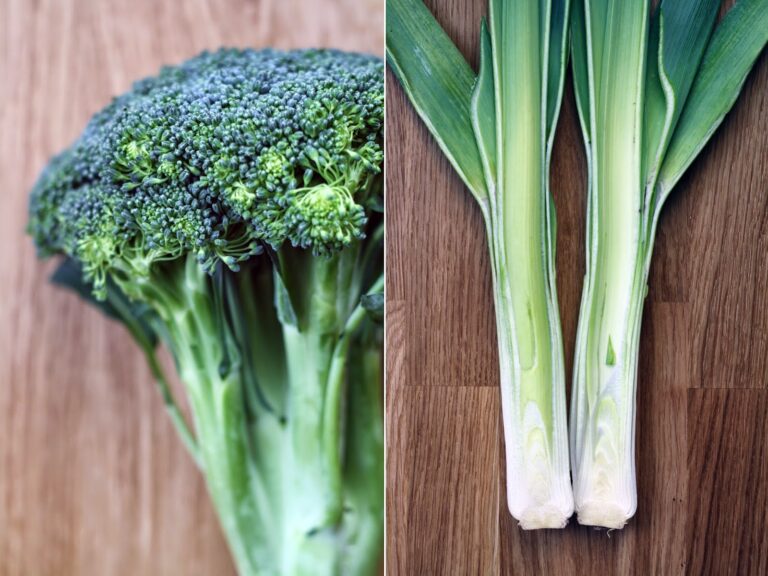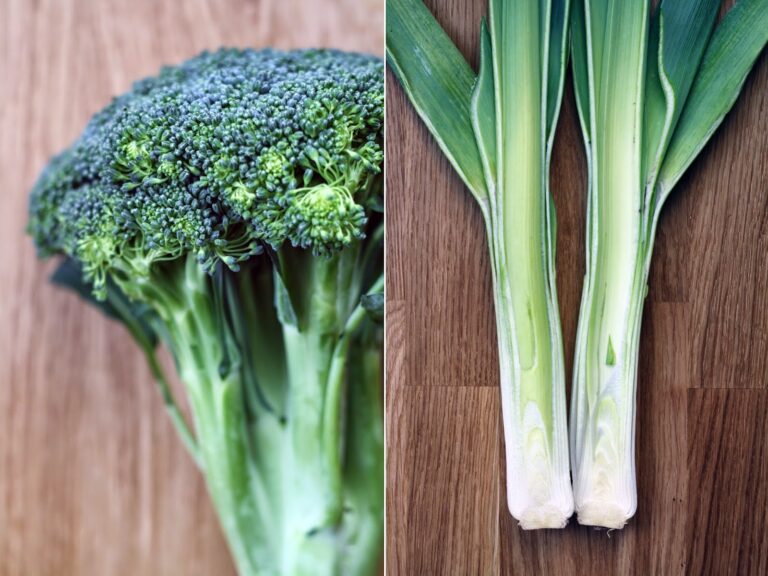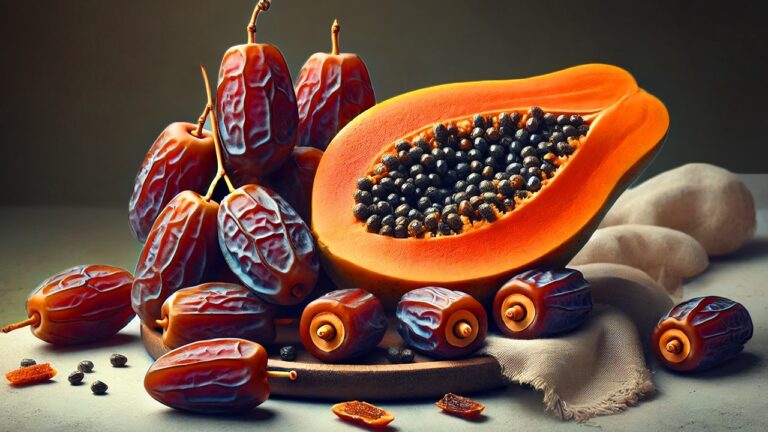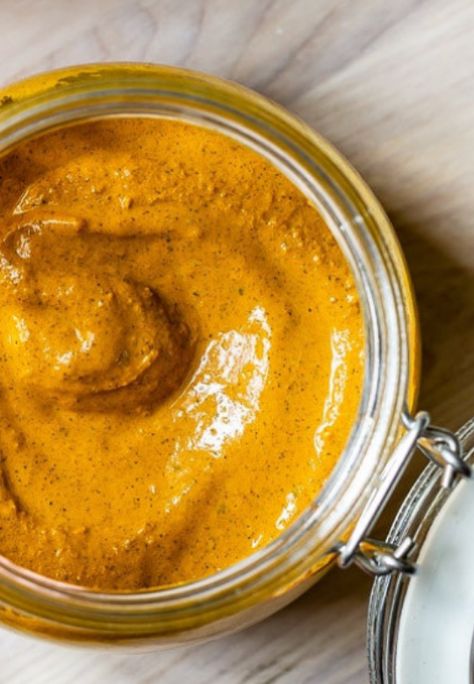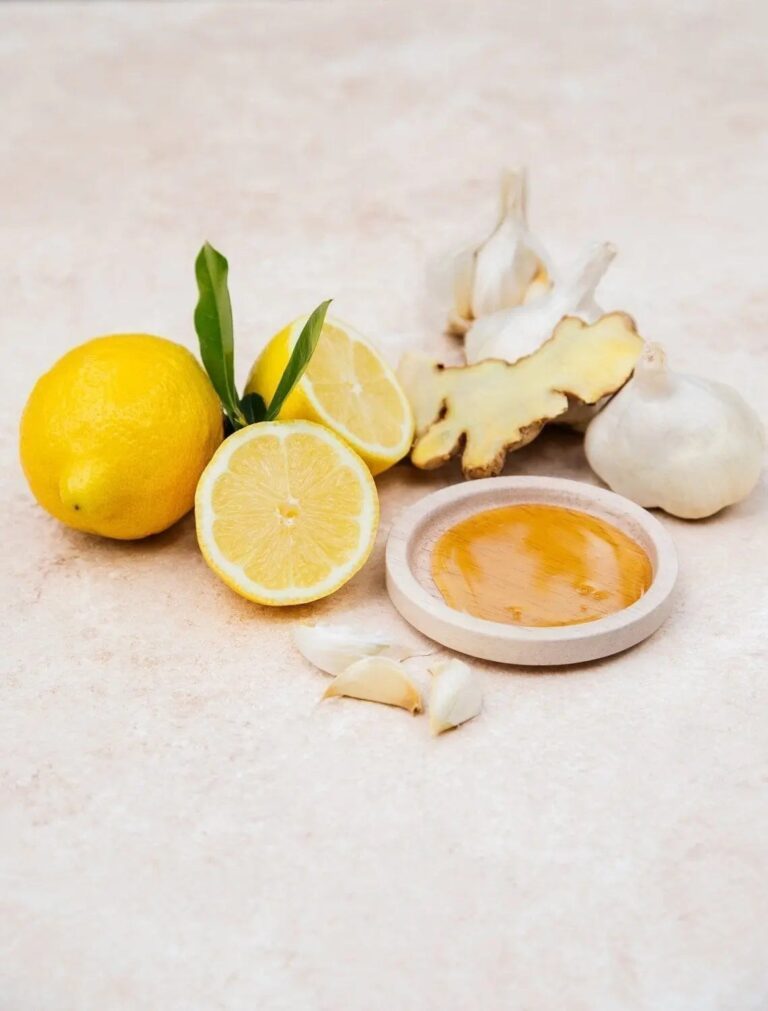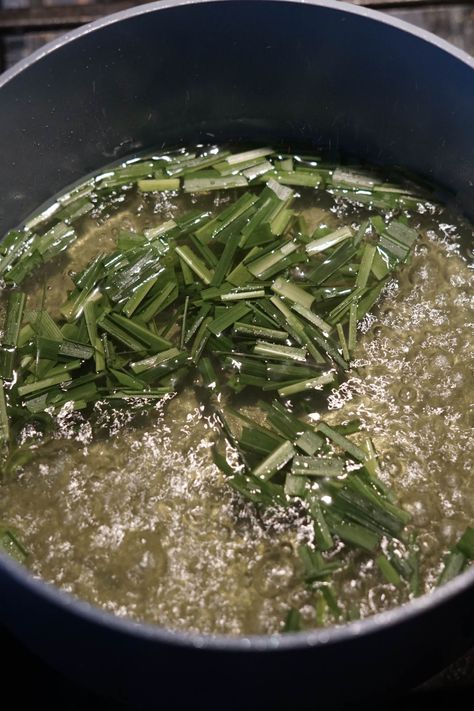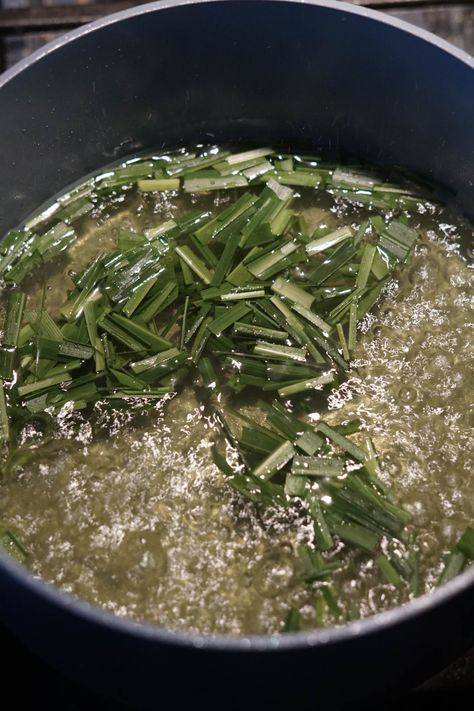Losing weight naturally without strict diets can be a sustainable approach to health. One simple change to your daily routine, such as choosing the right breakfast, can make a significant difference. A breakfast incorporating oats and apples, as experienced by many, including perhaps your mother, can be a great start to achieving weight loss goals. This meal not only provides essential nutrients but also helps in managing hunger throughout the day.
Introduction to Oats and Apple Breakfast
Starting your day with oats and apples is an excellent way to fuel your body with balanced nutrition. Oats are a whole grain that provides a good source of fiber, keeping you fuller for longer and reducing the urge to snack. Apples, on the other hand, are low in calories and high in fiber, offering a sweet, satisfying addition to your morning meal.
Preparing Your Oats and Apple Breakfast
Here’s a simple and delicious way to prepare an oats and apple breakfast:
- Ingredients:
- ½ cup of rolled oats
- 1 medium apple, diced
- 1 teaspoon of cinnamon
- 1 tablespoon of honey or a sweetener of your choice (optional)
- 1 cup of water or milk (dairy or plant-based)
- Method:
- In a small saucepan, bring the water or milk to a boil.
- Add the rolled oats and simmer for about 5 minutes, stirring occasionally.
- Once the oats are cooked and have absorbed the liquid, remove from heat.
- Stir in the diced apple, cinnamon, and honey.
- Serve warm for a hearty, nutritious breakfast.
Why This Breakfast Works for Weight Loss
This breakfast combo works effectively for weight loss for several reasons:
- High in Fiber: Both oats and apples are high in fiber, which helps regulate the digestive system and keep you feeling full.
- Low in Calories: This meal is low in calories yet satisfying, making it easier to manage daily calorie intake without feeling deprived.
- Nutrient-Rich: Provides essential vitamins, minerals, and antioxidants that support overall health and metabolism.
Additional Tips for Weight Loss Success
To enhance your weight loss efforts, consider these tips:
- Stay hydrated throughout the day; sometimes thirst is mistaken for hunger.
- Incorporate physical activity into your daily routine; even a short walk can help.
- Listen to your body’s hunger and fullness cues to avoid overeating.
- Ensure a balanced diet throughout the day with plenty of vegetables, proteins, and healthy fats.
Conclusion: A Healthy Start to Your Day
By beginning your day with a bowl of oats and apples, you not only enjoy a tasty and satisfying meal but also support your weight loss journey. This simple meal sets a positive tone for making healthy choices throughout the day, leading to sustainable weight loss and improved health. Try this delightful combination and experience the benefits for yourself!
